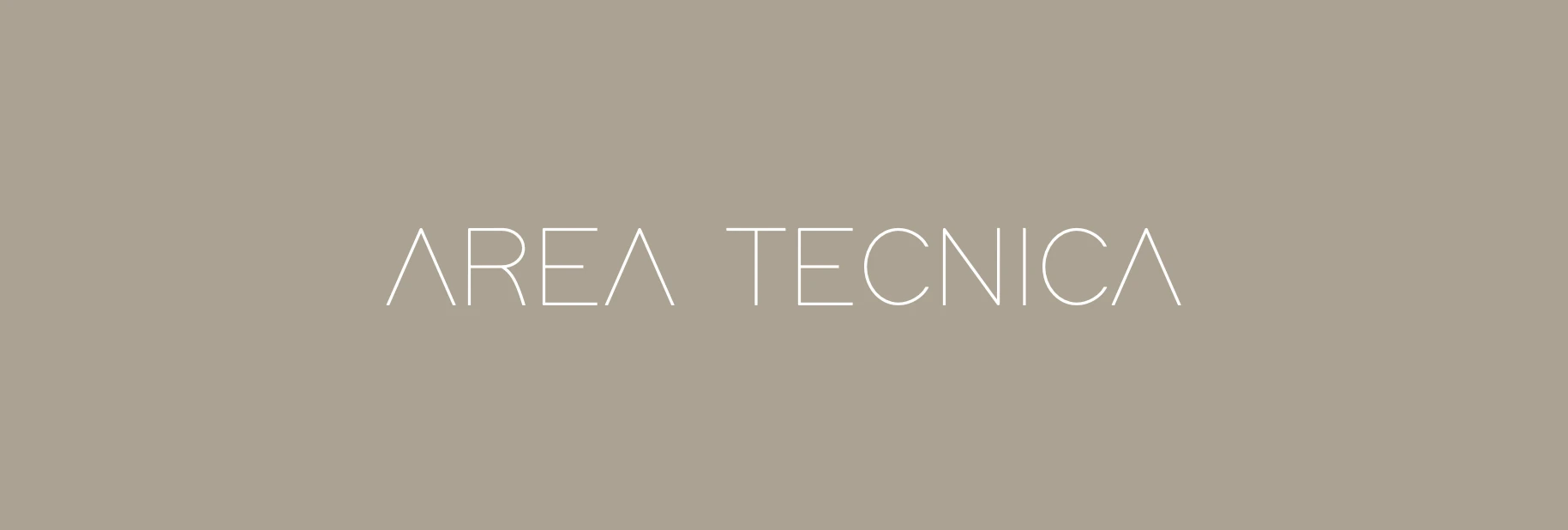
Production of Italian designer rugs
Here you can find all the answers to your questions, from yarns to constructions to the care of your rugs.
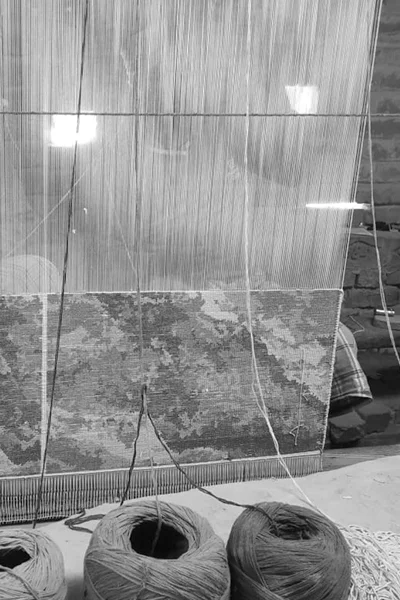

PRODUCTION OF ITALIAN DESIGNER RUGS
Our rugs construction types
The Jacquard loom is a type of weaving loom that has the ability to perform a variety of designs. It is a normal loom to which a machine has been added that allows the automatic handling of individual warp threads. The maximum available width of the rugs is 2.6 metres for unlimited length. For each design, a maximum of 5 different colours can be combined from a choice of 65 colours available on Pantone reference.
Hand-tufted rugs are produced by perforating individual yarns through a sheet of fabric using a device called a drill gun. Once the rugs are completed, a second fabric is glued to the back to hold the yarns in place. Rugs are made in several colours, with defined line patterns, even on different levels.
It is a construction technique handed down from ancient tradition, which makes the rugs an exclusive and highly valuable work of craftsmanship. The weaving is entirely handmade, making each rug a unique piece. Two knotting techniques, called Nepalese and Oriental, indicate different fineness of workmanship. The Nepalese knotting technique, with approximately 60 lines per sample (cm 23×23), is ideal for simple designs. The Oriental knotting technique is finer, with 80 to 100 lines per sample (23×23 cm), allowing for nuances and very detailed designs.

RUG CARE
Simple tips for your rugs
It is essential to choose the type of rug based on its intended use and the characteristics of the location for which it is designed. It is best to place the carpet preferably in dry environments, avoiding basements or outdoor areas. Do not expose the rug to direct sunlight, as this could fade the parts hit by the rays. If necessary, it is advisable to frequently rotate the rug so that wear is more uniform, avoiding the formation of noticeable discolorations. A new rug, due to the recent cutting of the pile, will tend to shed excess yarn for a period of several weeks. This phenomenon will diminish with the use of the rug.
After delivery, the rugs should be allowed to breathe, allowing them to lay perfectly and return to their full beauty after transport. A luxury rug is a piece of furniture that is destined to be long-lived and acquire value with the passage of time. In any case, in order to maintain its original splendour for a long time, we suggest following the instructions below.
Vacuum often, with systems without rotating brushes that could fray the yarns. A carpet beater could damage the weave. With a white, damp cloth and mild soap, you can refresh the rug, finding its most lustrous colors. For a more hygienic cleaning, proceed dry, with, for example, baking soda, sprinkling evenly over the entire surface of the rug and letting it act for at least 30 minutes. Then proceed with the use of a vacuum cleaner. If necessary, repeat the operation.
In the event of spills of liquids or other materials, it is important to immediately remove the dirt before the stain dries. Clean with a damp cloth and, if necessary, a little mild detergent, taking care not to completely wet the carpet, or we can intervene with a dry spray with baking soda.
Furniture inevitably causes creases/depressions in the carpet. These can be eliminated by placing a damp cloth and passing a hot iron over it in the direction of the pile. Attention! The iron must never be in direct contact with the rug.
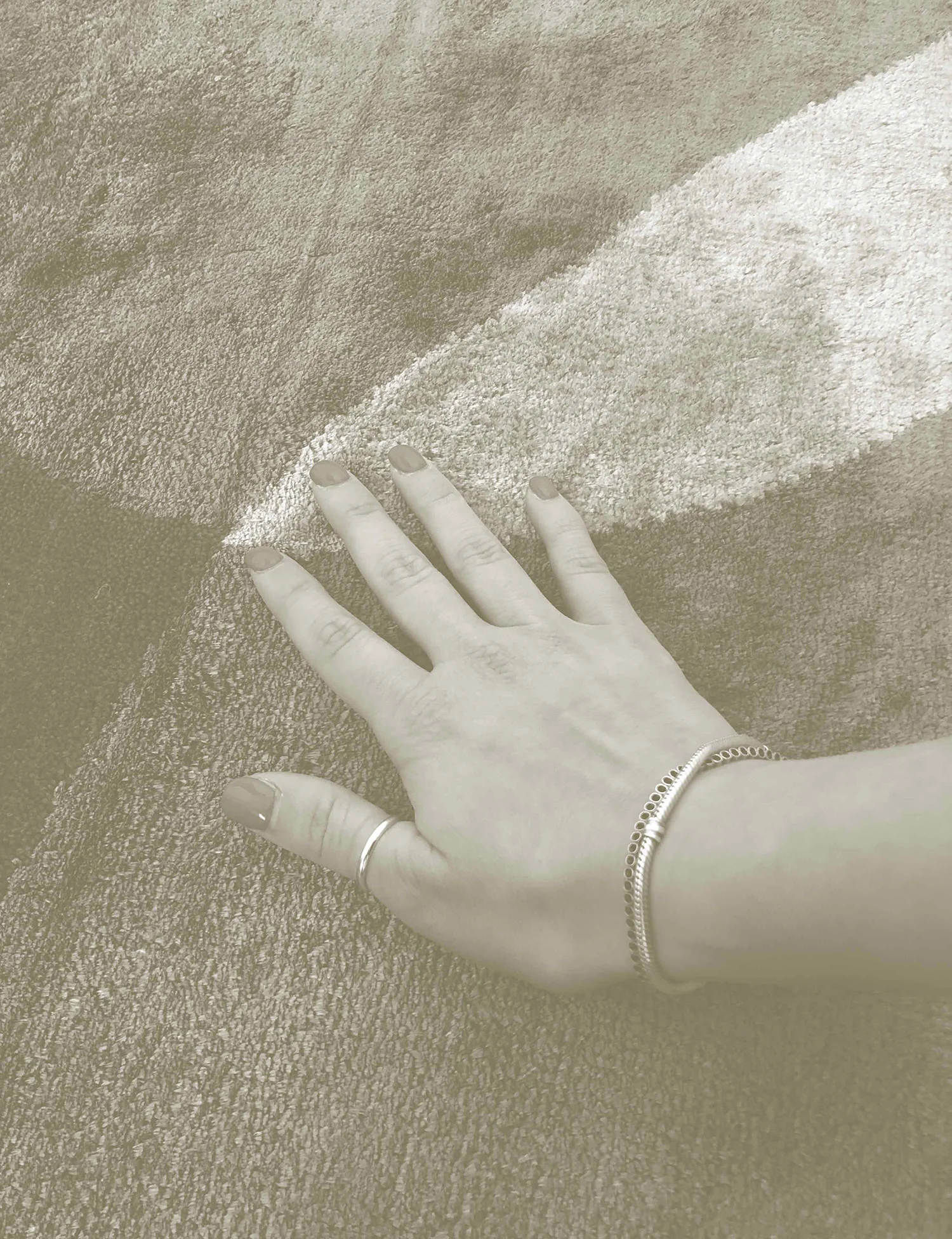
LE FIBRE PIÙ PREGIATE
I filati
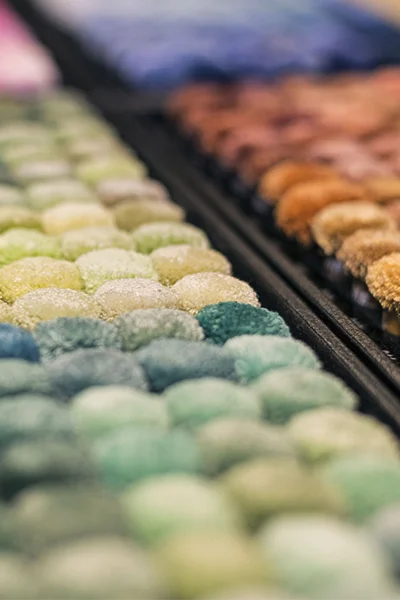

LUXURY RUGS COLOURS
All colours, infinite solutions
SEE COLOUR CARDS:
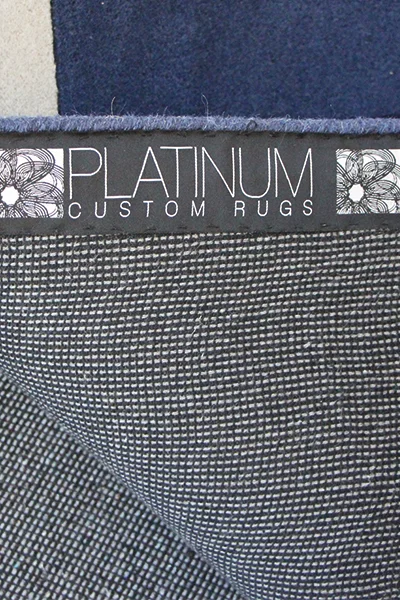
RUGS CERTIFICATIONS
Certified quality rugs... certified!
SEE CERTIFICATIONS:








